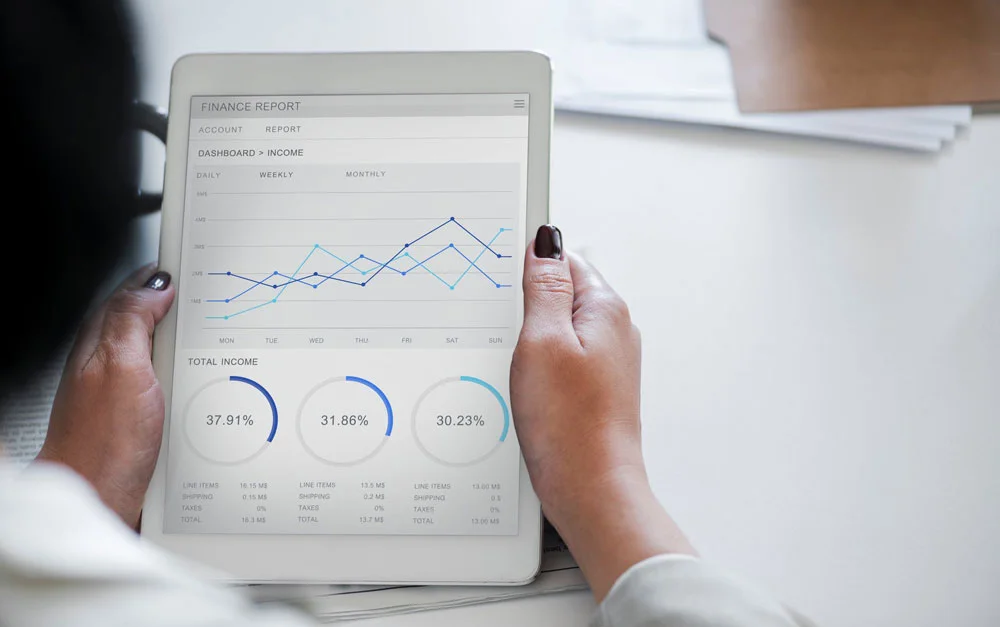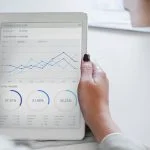How to Use Data Analytics in Your Presentation


Simply put, data analytics is the close examination of all observable data in order to draw valuable conclusions with which an organisation may improve itself. This includes correcting detrimental patterns and further improving the ones that have proven to be positive and effective.
The problem with data analytics is that it can be a challenge to present to either clients or employees. In the corporate world, there has already been too much valuable data that has either been lost or left ignored inside a boring or completely incomprehensible PowerPoint presentation. Don’t let this happen to your own organisation’s valuable raw data and corresponding data analytics.
The good news is that there are plenty of ways to make even the most complicated data easy to understand.
Use Your Target Audience’s Language
In an earlier Presentation Guru article, Data Visualisation Advice to Stop You Drowning in the Numbers, we discussed how there is often a gap in the communication process between financial experts or ‘numbers people’ and almost everyone else. This is mainly because financial experts deal, speak, and work with numbers day in, day out. As such, it’s become much easier for them to deduce patterns or conclusions from numbers alone.
This is fine in a crowd of financial experts, mathematicians, or statisticians. But almost no one else can read numbers like they do. Whether you’re from marketing or sales, you will need much more than mere numbers to deduce the necessary conclusions. This classic tale of corporate misunderstanding points to a basic tenet of advertising:
Use a language that your target audience is fluent with.
Understanding that certain departments and specialisations have languages of their own – and knowing how to use them – is the first step to effectively presenting complicated data analytics.
Give the Bottom Line Up Front
Open with your conclusion. It may seem strange, but the author of Presenting Data Effectively: Communicating Your Findings for Maximum Impact, Dr. Stephanie Evergreen supports this technique as an easier way to present data. Dr. Evergreen explains that she encourage people to ‘start with the action items, conclusions and findings – I call it ‘giving the bottom line up front’.
And indeed, by knowing up front what to look for in the entire presentation, clients or employees will be better equipped at grasping the potentially complex analytics that you’re about to show them. Whether they agree with your conclusion or have some vital points to contest, they’ll know first thing in the presentation and will be more likely to ask questions, rather than make a dash for the door at the end.
Work With a Visual Artist
Visual communications is a creative expertise that deals with communicating ideas or data in visually compelling and easily understandable ways. A big part of this is the effective use of colour in order to float certain data and distract from irrelevant information. This is why it’s important to work with a visual artist who’s already well versed with the basic tenets of visual communication such as colour psychology and layout principles.
If that’s not possible, it’s well worth checking out Perceptual Edge details the most effective ways to use colour for the purposes of data visualisation. They explain how the colours you choose greatly affect how clearly the content can be viewed. For instance contrasting colours will make graphs or tables standout and easier to read.
Keep It Simple, Silly
This old advertising adage has been remixed and retold in almost every way possible, and yet it still rings true. It pays to keep it simple and succinct. This is especially true when it comes to presenting complex information. Some of the best examples of how to present complicated data simply can be found on financial analytics websites, particularly the ones that compare financial and political activity.
The economic calendar posted by FXCM details how global market trends are documented and used to predict volatility. The clear setup allows readers to easily distinguish which areas are currently volatile and which ones are not. This is crucial to close followers of the global financial market because volatility basically means unpredictability. By using the simplest possible layout with almost zero distractions, it’s easier for either experts or newcomers to the global finance game to find the information that they’re looking for.
The same principle is applicable when presenting complicated data to either clients or employees.
Every Word is Essential
It’s obvious that, when it comes to presenting data analytics, you need to use your words sparingly. This doesn’t mean that words are no longer an important part of the presentation. On the contrary, it means the exact opposite.
One of the secrets to great presentations is that they always have room for words. And those words should always be working with the accompanying images and numbers to tell a continuous and coherent story. The goal here is to be succinct. Offer as much relevant information as you can in the simplest way you can put it. Do with words what you can’t do with numbers and visuals alone.
Presenting data analytics can be very difficult at times, especially if you have to break it down in a meeting. But you can also look at it as a challenge, as well as an opportunity for growth. Not many are able to put together an effective presentation that clearly explains data analytics in a user-friendly manner. If you can do it, that’s string to your bow that will impress the people watching your presentation.











